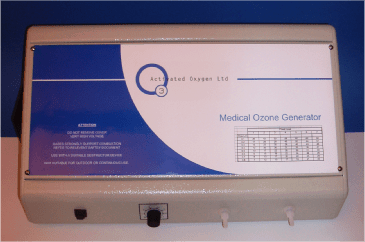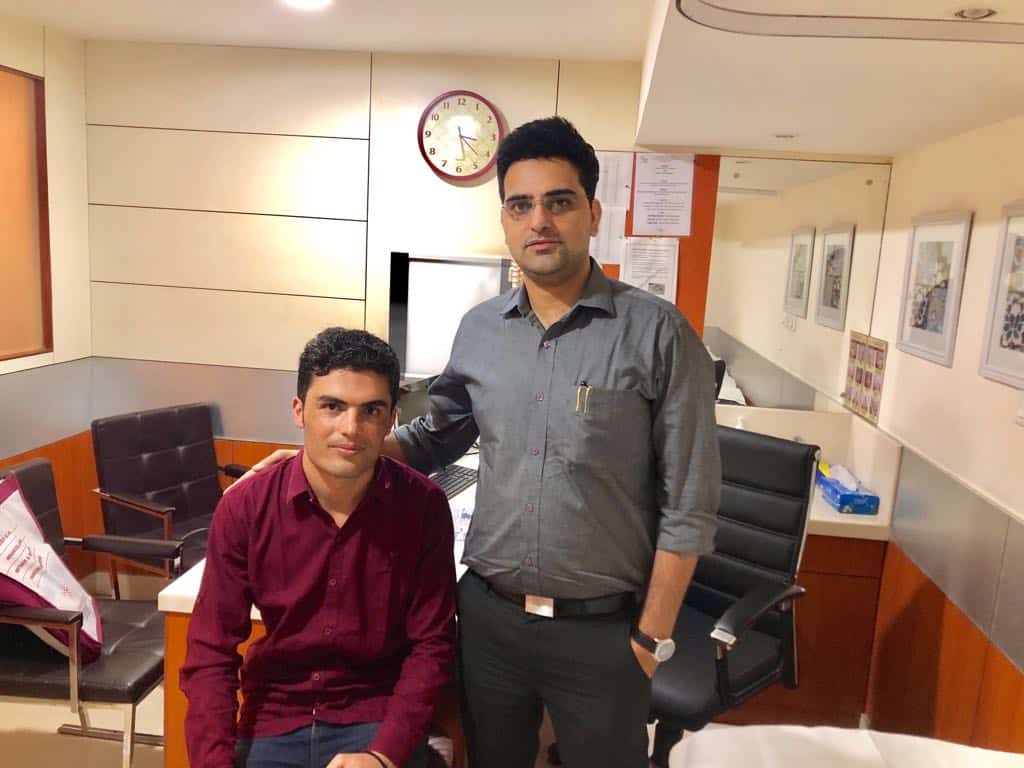OZONE (DISCECTOMY/NUCLEOLYSIS):
Ozone Discectomy is the injection of Ozone inside the intervertebral disc in trouble. This is done as an outpatient under local anaesthesia with strict real time radiological control, which ensures the proper placement of Ozone in the center of the disc making it shrink.

THE OZONE REVOLUTION IN DISC DISEASES:
Muto suggested intradiscal injection of Ozone for disc hernia in 1998 under CT guidance. Leonardi popularized fluoroscopy guided Ozone injection into the intervertebral disc. After that successful outcome has been reported from various European centers. It is very important to note from those reports that complications are remarkably few. Not a serious single life threatening complication was found even after 120,000 cases of Ozone nucleolysis, which stresses the safety of these procedures.
The most critical portion of performing any of the minimally invasive procedures is accurate and safe positioning of the needle (or terminal device) in the centre of the disc space. The risk in ozonucleolysis is particularly minimised, with the use of a very thin 22/25-gauge needle. It may take anywhere from 5 to 30 minutes to position a needle in the centre of the disc space under radiological guidance. Once the needle is safely placed in position, ozonucleolysis is completed in only another 2 to 3 minutes.
HOW DOES OZONE WORK?
There are four main biochemical actions on the intervertebral disc and its surrounding tissues. The various proposed mechanisms of action are:
- BY “MUMMIFICATION” OF THE DISC – Intra/intermolecular Bonds and collapse of the three dimensional Structure of the disc.
- BY INHIBITING INFLAMMATORY NOCICEPTORS – Synthesis of Prostaglandines & Secretion of Proteinases. Liberation of Bradykinines and Pain Inducing Products.
- BY STIMULATING FIBROBLASTS & IMMUNOSUPPRESSOR CYTOKINES – Local production of Antioxidant Enzymes. Release of immunosuppressor cytokines like transforming growth factor, and IL-10. Another action which may prove to be one of the most important is the stimulation offibroblastic activity by ozone. Fibroblasts initiate the repair process by stimulating thedeposition of collagen.
- BY IMPROVING MICROCIRCULATION & OXYGENATION – The direct effect is the oxygen directly diffusing into the area.The indirect action is the Ozone causing an increase in 2,3-DPG (diphosphoglycerate) which has a direct effect in the release of O2 from hemoglobin.. The end result is an increase in the amount of oxygen and a reduction in anoxia.
CONCLUSION:
Ozone Discectomy a revolutionary least invasive safe & effective alternative to spine surgery is the treatment of choice for prolapsed disc (PIVD) done under local anaesthesia in a day care setting. This procedure is ideally suited for cervical & lumbar disc herniation with radiculopathy. Total cost of the procedure is much less than that of surgical discectomy. All these facts have made this procedure very popular at European countries. It is also gaining popularity in our country due to high success rate, less invasiveness, fewer chances of recurrences, remarkably fewer side effects meaning high safety profile, short hospital stay, no post operative discomfort or morbidity and low cost.
Consult Spinomax Pain & spine to find out if you are right candidate for Ozone disc treatment.





